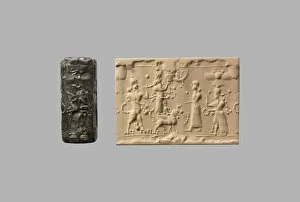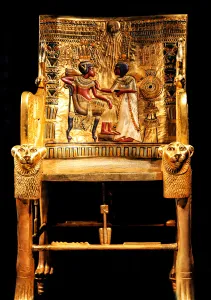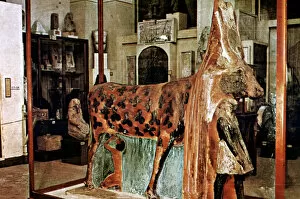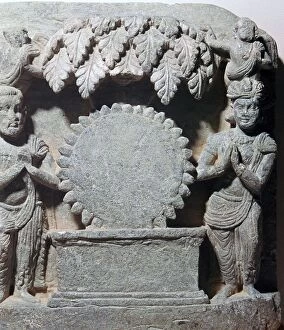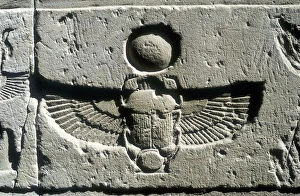Sun Disc Collection
The "sun disc" holds immense significance in ancient Egyptian culture, serving as a symbol of power, protection, and divine connection
All Professionally Made to Order for Quick Shipping
The "sun disc" holds immense significance in ancient Egyptian culture, serving as a symbol of power, protection, and divine connection. Dating back to the New Kingdom-Late Period (Dynasties 18-31), this amulet of the God Shu embodies the sun's life-giving energy. Similarly, during the New Kingdom-Third Intermediate Period, another amulet of Shu showcases his role as the solar deity. Intriguingly, a statuette from Egypt's Late Period (Dynasty 26) depicts either Wadjet or Sekhmet with a sun disc atop her head. This representation highlights their association with solar power and their protective nature. During the Second Intermediate Period, an exquisite scarab beetle adorned with a sun disc emerged as a potent symbol. Egyptians believed that wearing such scarabs would bring them good fortune and ward off evil forces. Horemheb and Hathor are immortalized in art within Horemheb's tomb during his reign (c. 1323-1295 BC). Their depictions showcase Hathor wearing a radiant sun disk headdress while offering blessings to Horemheb—a testament to their divine connection and royal authority. A cylinder seal featuring a scorpion-man further emphasizes how ancient Egyptians revered celestial bodies like the sun. The accompanying modern impression serves as evidence of its lasting impact on our understanding of their beliefs. Amongst precious treasures found in King Tutankhamen's tomb is his golden throne—its intricate design incorporates multiple symbols including the powerful sun disc. This demonstrates how even royalty sought solace in its symbolism. Beyond Egypt's borders lies Ireland’s Ballyshannon Sun-Disc—an awe-inspiring gold artifact reminiscent of those found in ancient Egyptian tombs. Its presence suggests possible cultural connections between distant civilizations regarding solar worship. Another captivating depiction comes from an 18th Dynasty artwork showcasing Hathor—the goddess associated with joy and love—wearing a sun disc headdress.










